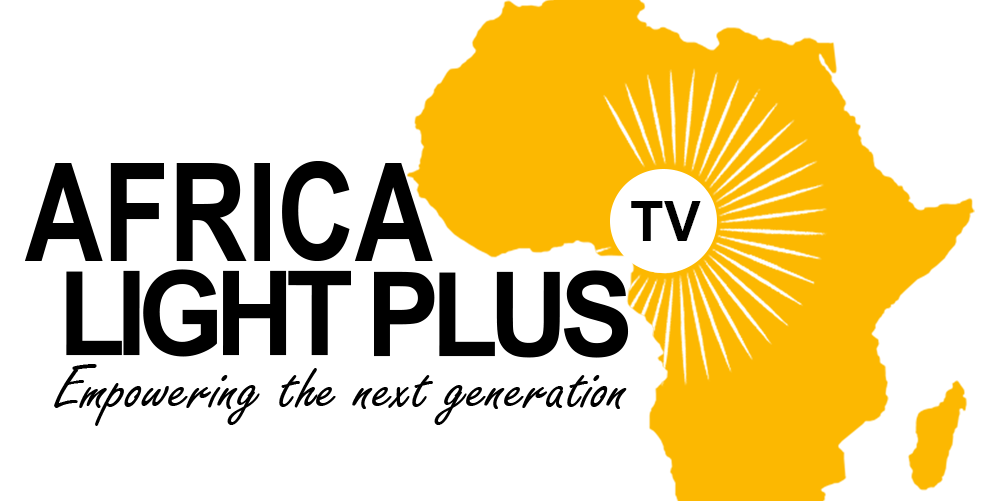1 Australian dollar to US dollars Exchange Rate Convert AUD USD
Controlling interest rates and inflation in Australia is also complicated by the country’s very heavy reliance on commodities and relatively small domestic industrial base. This has led to large and persistent current account deficits for most of Australia’s post-World War 2 history. Though Australia’s debt is not large as a percentage of GDP, increases in government spending are putting this on the table as a potential concern.
On the reverse side was the ship Supply from the First Fleet, with a background of Sydney Cove, as well as a group of people to illustrate the diverse backgrounds from which Australia has evolved over 200 years. In other states, the program is sponsored by Community Federal Savings Bank, to which we’re a service provider. Several countries use the U.S. dollar as their official currency, and many others allow it to be used in a de facto capacity. Check live rates, send money securely, set rate alerts, receive notifications and more. These percentages show how much the exchange rate has fluctuated over the last 30 and 90-day periods. The caveat is that the federal government will have to pass its new tax reforms through parliament, and needs the support of the Greens and some of the crossbench to do so.
Keep in mind that exchanging currency often comes with added fees that a conversion calculator won’t be able to predict. For instance, credit card companies and ATM networks usually charge a 1% conversion fee on all foreign transactions. Individual merchants may also charge supplemental fees if you ask them to convert the price of an item to your home currency at checkout. If you’re planning a trip to the United States in the near future, you may want to exchange some Australian dollars into U.S. dollars, the country’s official currency. Compare our rate and fee with our competitors and see the difference for yourself.
- During the commodity slump of 2015, oil prices hit decade lows and both iron ore and coal prices dropped to recent lows.
- The reading came in at 50.7, slightly surpassing the expected figure of 50.6.
- Australian coins are now produced at the Royal Australian Mint in Canberra.
- That positions the Australian dollar as a popular alternative for traders looking to go long on commodity exposure and/or Asian resource demand while going short on countries likely to suffer due to higher input costs.
- The UK replaced these coins with smaller versions from 1990 to 1993, as did New Zealand in 2006.
The high trading volume is due in part to Australia’s political and economic stability and to the government’s limited intervention in the foreign exchange market. Australian notes and coins are also legal tender in the independent sovereign states of Kiribati, Nauru, and Tuvalu.[4][5][6] Nauru never had its own currency. Tuvalu and Kiribati additionally had their respective Tuvaluan and Kiribati dollars at par with the Australian dollar. However, both countries no longer produce coinage since the 1990s and have never produced their own banknotes.
How does the Trade Balance impact the Australian Dollar?
Among the developed countries, Australia stands out for its heavy reliance upon commodities. Mining (including energy) represents over 8.5% of the country’s GDP, with a heavy emphasis on iron ore. Farming is also a critical component, as over 2% of the GDP is tied to agriculture (and related sectors), with a large percentage of the output going outside the country. That said, even those relatively high rates were not enough to prevent a housing bubble in Australia. It is also worth noting that the RBA is often challenged by the unpredictability of the commodity cycle and its impact upon the county’s trade balance and capital account.
It’s the fifth most traded currency in the world, behind the US dollar, the euro, the Japanese yen, and the pound sterling. Like most currencies, the AUD moves versus other currencies due to economic data releases, including the country’s gross domestic product (GDP), retail sales, industrial production, inflation, and trade balances. Natural disasters, elections, and government policy also affect the relative price of AUD, as well as output and market price for various metals and crops. Importance of the Australian Dollar
The central bank in Australia is called the Reserve Bank of Australia. As the 5th most traded currency in the world, the Australian dollar is also referred to as buck, dough, or the Aussie. The Australian Dollar is known as a commodity currency due to its substantial raw material exports.
Australian Dollar loses ground on weaker CPI data, focus on US Fed interest rate decision
In 1988, banknotes were converted to polymer, a technology originally developed in Australia to help prevent counterfeiting. Each of the major trading currencies in the world is controlled (or at least strongly influenced) by the central bank of the issuing country. In the case of the Australian dollar, it is the Reserve Bank of Australia (RBA).
What Is AUD?
This contributed to higher interest rates in Australia relative to other countries, inviting currency trades to long AUD relative to JPY, for instance, based on the interest-rate differential between these countries. On 27 September 2012, the Reserve Bank of Australia stated that it had ordered work on a project to upgrade the current banknotes. Current Australian 5, 10 and 20 cent coins are identical in size to the former Australian, New Zealand, and British sixpence, shilling, and two shilling (florin) coins. Pre-decimal Australian coins remain legal tender for 10 cents per shilling. Before 2006 the old New Zealand 5, 10 and 20 cent coins were often mistaken for Australian coins of the same value, and vice versa, and therefore circulated in both countries. The UK replaced these coins with smaller versions from 1990 to 1993, as did New Zealand in 2006.
Download Our Currency Converter App
Due to its relatively high interest rates, the Australian Dollar is often used in carry trades with the Japanese Yen. A carry trade is a strategy in which a currency with low interest rate is sold in order to buy a currency with a higher interest rate. Banks and traditional providers often have extra costs, which they pass to you by marking up the exchange rate. They add hidden markups to their exchange rates – charging you more without your knowledge. Generally speaking, higher commodity prices create recessionary (or at least inflationary) pressures in most developed economies. So when high resource prices lead traders to concerns for the health and growth sustainability of economies in Europe, North America, and Japan, the Australian economy usually looks healthier.
Understanding the AUD (Australian Dollar)
Nevertheless, the Australian dollar is one of the five most frequently traded currencies in the market. Interestingly, the Aussie dollar has only been a free-floating currency since 1983. Foreign exchange, or forex, trading https://bigbostrade.com/ is an increasingly popular market for investors and speculators. The markets are huge and liquid, trading occurs on a 24-hour basis, and there is enormous leverage available to even a small individual trader.
Australia’s national currency is the Australian dollar (AUD) which comes in polymer (plastic) notes of $5, $10, $20, $50 and $100. The first polymer banknote was issued in 1988 as a $10 note[27] commemorating the bicentenary of European settlement in Australia. The note depicted on one side a young male Aboriginal person in body paint, with other elements of Aboriginal culture.
The heat map shows percentage changes of major currencies against each other. The base currency is picked from the left column, while the quote currency is picked from the top row. For example, if you pick the Euro from the left column and move along the horizontal line to the Japanese Yen, the percentage change displayed in the box will represent EUR (base)/JPY (quote). The Reserve best pairs to trade forex Bank of Australia’s target range for inflation is 2.0% to 3.0%. Although the current figures are not within this target range, they represent a significant improvement compared to the peak CPI rate of close to 8.0%. The RBA’s policy meeting is scheduled on February 5 and 6, and it is widely expected that the interest rate decision will be to keep interest rates unchanged.
With a mass of 15.55 grams (0.549 oz) and a diameter of 31.51 millimetres (1+1⁄4 in), the Australian 50-cent coin is one of the largest coins used in the world today. U.S. dollars may also be accepted outside of the U.S. including in Vietnam, Costa Rica, Peru and certain parts of Mexico. Assuming no other changes, the Australian dollar will hold its value, and the relative value of the pair increases due to a strengthening of the Australian dollar when compared to the U.S. dollar. Unlike the fondly remembered “LMITO” tax offset that returned up to $1,080 at tax time, this won’t be a lump sum that’s given back to you when you do your taxes. It’s worth noting this is different to some of the tax changes in recent years. It breaks an election promise not to touch the stage 3 tax cuts, and it will mean the highest income earners will get half the benefit they were due to receive.


